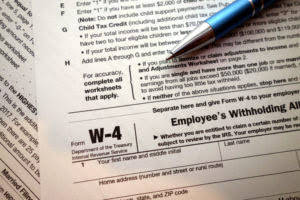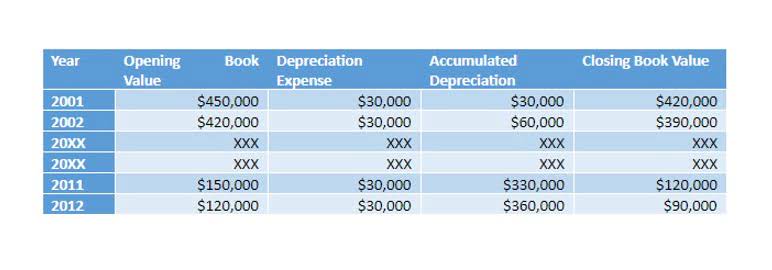
There can be times when a high equity multiplier reflects a company’s strategy that makes it more profitable and allows it to purchase assets at a lower cost. In general, equity multipliers at or below the industry average are considered better. If ROE changes over time or diverges from normal levels for the peer group, the DuPont analysis can indicate how much of this is attributable to the use of financial leverage. If the equity multiplier fluctuates, it can significantly affect ROE. For our illustrative scenario, we will calculate the equity multiplier of a company with the following balance sheet data. The Equity Multiplier ratio measures the proportion of a company’s assets funded by its equity shareholders as opposed to debt providers.
This often implies lower risk but also signifies that the company might be more conservative in its investment strategies. Such companies might have a slower growth rate, as they are not taking on much debt to finance aggressive expansion. On the other hand, company DEF, which is in the same sector how to calculate equity multiplier as company ABC, has total assets of $20 million and stockholders’ equity of $10 million. This means company DEF uses equity to finance 50% of its assets and the remaining half is financed by debt. Suppose company ABC has total assets of $10 million and stockholders’ equity of $2 million.
What Is the Equity Multiplier? (Definition, Formula, and Examples)
Gain a solid foundation by grasping the concept of the equity multiplier. Learn how this ratio quantifies a company’s reliance on debt for financing its assets. In the formula above, there is a direct relationship between ROE and the equity multiplier. Any increase in the value of the equity multiplier results in an increase in ROE. A high equity multiplier shows that the company incurs a higher level of debt in its capital structure and has a lower overall cost of capital.

It is also a key metric for investors in determining a company’s leverage and risk profile. Whether a higher or lower equity ratio is “better” depends on an investor’s risk tolerance and the industry norms. A higher equity ratio means more of the company’s assets are financed through equity, which is generally considered less risky. A lower ratio signifies greater leverage but also increased financial risk. A “good” equity multiplier ratio varies by industry and risk tolerance. Generally, a lower equity multiplier (closer to 1) implies less financial risk but potentially lower returns.
The equity multiplier in action
Company ABC has a higher equity multiplier than company DEF, indicating that ABC is using more debt to finance its asset purchases. A lower equity multiplier is preferred because it indicates the company is taking on less debt to buy assets. In this case, company DEF is preferred to company ABC because it does not owe as much money and therefore carries less risk. The equity multiplier is calculated by dividing the company’s total assets by its total stockholders’ equity (also known as shareholders’ equity). Uncover the strategic implications of equity multiplier calculations for businesses. Explore how companies utilize this metric to make informed decisions about capital structure adjustments.
- More reliance on debt financing results in higher credit risk – all else being equal.
- Explore a more comprehensive formula that considers additional financial components, providing a nuanced perspective on a company’s financial leverage.
- The equity multiplier formula is calculated by dividing total assets by total stockholder’s equity.
- The Equity Multiple is the ratio between the total cash distribution collected from a property investment and the initial equity contribution.
- In this section, we will explore what the equity multiplier is, how it is calculated, and its significance in the financial world.
The equity multiplier, also known as the leverage ratio or financial leverage ratio, measures the portion of a company’s assets that is financed by shareholders’ equity rather than debt. It is calculated by dividing the company’s total assets by the total equity held in the company’s stock. The term equity multiplier refers to a risk indicator that measures the portion of a company’s assets that is financed by shareholders’ equity rather than by debt. The equity multiplier is calculated by dividing a company’s total asset value by the total equity held in the company’s stock. A high equity multiplier indicates that a company is using a high amount of debt to finance its assets. A low equity multiplier means that the company has less reliance on debt.
The Crucial Role of Equity Multiplier Total Assets
Learn how to interpret equity multiplier values, distinguishing between a healthy leverage and potential financial instability. Higher financial leverage, such as a higher equity multiple, drives ROE upward as long as all other factors remain equal. More reliance on debt financing results in higher credit risk – all else being equal.




